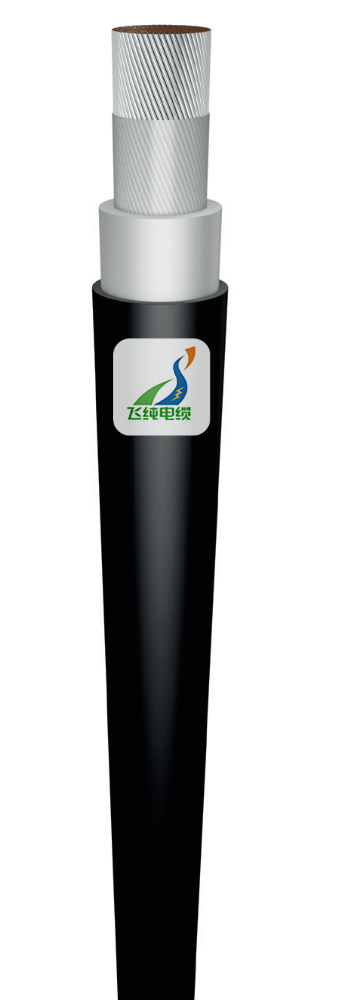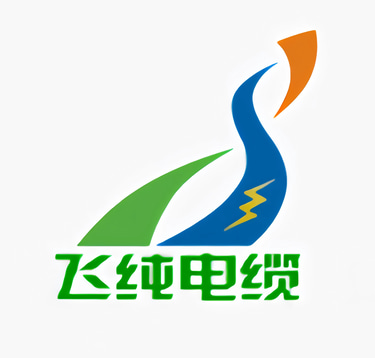Type OnG 0.6/1 kV Single-core mining power cables
1-core Single-core power cables with insulation and rubber sheath for mining mobile and portable receivers for rated voltage 0.6/1kV


Overview
These cables are designed for mining applications, specifically for powering mobile and portable receivers. They are rated for a nominal voltage of 0.6/1 kV and are built as single‑core conductors with both insulation and an outer rubber sheath.
Applicable Standards
Standards: The cables conform to Polish standards PN-89/E-90142 and PN-89/E-90140.
Construction Details
Conductor:
Made from multi‑stranded, galvanized copper (classified as 5c) according to PN-88/E-90160.
Separator:
A polyester film is applied between the working strands of the conductor to maintain their arrangement.
Insulation:
The conductor is insulated with a rubber compound (identified as IZ) that meets the PN-89/E-29100 standard.
The insulation has a natural (unpigmented) color.
Sheath:
A protective outer layer (sheath) made of rubber (type ON3) is applied, also following PN-89/E-29100.
The sheath is black in color.
Cable Designation
Marking “OnG”:
O indicates the cable has a rubber sheath.
G stands for “górniczy” (mining).
The cable features a copper conductor with ordinary insulating rubber and an oil‑resistant, oxygen‑aging‑resistant, flame‑retardant rubber sheath.
Example:
A cable marked as “OnG 0.6/1 kV 1x95 mm²” is a single‑core cable with a conductor cross‑section of 95 mm².
Key Technical Characteristics
Maximum Operating Temperature: +60°C.
Bending Radius:
Permanent installations: Minimum bending radius is 6 times the cable’s overall diameter (6D).
Mobile applications: Minimum bending radius is 10 times the cable’s overall diameter (10D).
Test Voltage: The cable is tested at 3 kV.
Packaging: Delivered on drums.
Additional Note: It is acceptable to apply a layer of rubberized tape (with overlapping joints) between the insulation and the sheath.
Applications
These cables are used in underground electric traction systems and serve several roles:
Supply Cables: Providing the main power feed.
Reinforcement and Return: Acting as part of the overall power circuit.
Special Applications: Powering mining induction lamps and connecting crosscut illumination systems to the sliding cable of the electric traction system.
Cable Variants and Specifications
The cables come in various sizes based on the cross‑sectional area of the conductor. For each variant, the following details are provided:
Conductor Cross‑Section (mm²): Options include 4, 6, 10, 16, 25, 35, 50, 70, 95, 120, 150, and 185 mm².
Insulation Thickness (mm)
Sheath Thickness (mm)
Maximum Permissible Cable Diameter (mm)
Maximum Conductor Resistance (Ω/km at 20°C)
Approximate Weight per 1 km (kg)
Nominal Length of Cable Sections (m)
Example – For a 1x95 mm² cable:
Insulation Thickness: 2.4 mm
Sheath Thickness: 3.8 mm
Maximum Cable Diameter: 30.2 mm
Conductor Resistance: 0.210 Ω/km
Weight: Approximately 1450 kg per km
Nominal Section Length: 160 m
Each cable size is engineered with specific dimensions and performance characteristics to suit different installation requirements.

Q: What is the nominal voltage rating of these cables?
A: The cables are rated at 0.6/1 kV, making them ideal for low- to medium-voltage mining applications.
Q: What are the main components of the cable's construction?
A: They feature a multi‑stranded, galvanized copper conductor, a polyester film separator, rubber insulation (with a natural color), and an oil‑resistant, flame‑retardant rubber outer sheath (black).
Q: Which standards do these cables comply with?
A: They are manufactured according to the Polish standards PN-89/E-90142 and PN-89/E-90140, ensuring quality and safety for mining operations.
Q: Why is copper used for the conductor in these cables?
A: Copper offers excellent electrical conductivity, durability, and resistance to harsh conditions—essential qualities for mining environments.
Q: What type of insulation is used, and what are its benefits?
A: The cable uses a rubber insulation compound (IZ) that provides robust electrical isolation, ensuring safety and reliability even under demanding conditions.
Q: How is the outer sheath designed to withstand mining challenges?
A: The outer sheath is made from ON3 grade rubber that is oil‑resistant, flame‑retardant, and designed to resist aging in oxygen, protecting the cable from mechanical and chemical damage.
Q: What is the maximum operating temperature of the cable?
A: The cable can operate at temperatures up to +60°C, which is suitable for the often high-temperature environments found in mining.
Q: What are the bending radius requirements for these cables?
A: For permanent installations, the minimum bending radius is 6 times the cable diameter (6D). For mobile applications, it is 10 times the cable diameter (10D), ensuring flexibility without compromising performance.
Q: How are these cables tested to ensure reliability?
A: They undergo a high-voltage test at 3 kV to confirm their integrity and to ensure they can handle the electrical stresses of mining applications.
Q: In what mining applications can these cables be used?
A: They are used as supply, reinforcement, and return cables in underground electric traction systems, as well as for powering mining induction lamps and connecting various mobile and portable receivers.
Q: What sizes are available for these cables?
A: The cables come in various conductor cross‑sections—from as small as 4 mm² up to 185 mm²—allowing for tailored solutions to meet different power demands in mining installations.
Q: Can the cable be adapted for specific installation needs?
A: Yes, the design allows for additional features such as an overlapping layer of rubberized tape between the insulation and the outer sheath, which can be applied to meet particular installation or environmental requirements.






Type OnG 0.6/1 kV Single-core mining power cables
Type OnG 0.6/1 kV single‑core mining power cables are designed specifically for the demanding conditions of mining environments. These cables consist of a robust, multi‑stranded, galvanized copper conductor that provides excellent electrical conductivity and durability. A polyester film separator helps maintain the structure of the conductor, which is then insulated with a high‑quality rubber compound meeting stringent Polish standards. The cable’s outer sheath is made of oil‑resistant, flame‑retardant rubber, ensuring reliable performance even under harsh conditions such as mechanical stress, chemical exposure, and oxygen-induced aging. Rated for a nominal voltage of 0.6/1 kV and capable of operating at temperatures up to +60°C, these cables are thoroughly tested at 3 kV. They are available in a range of conductor sizes to suit various power demands, making them ideal for both permanent installations and mobile applications in underground electric traction systems, mining induction lamps, and other mining-related equipment.
6/30/20214 min read
